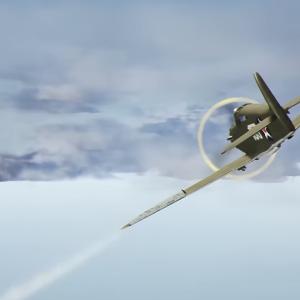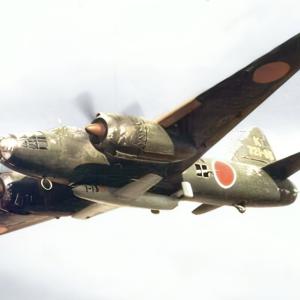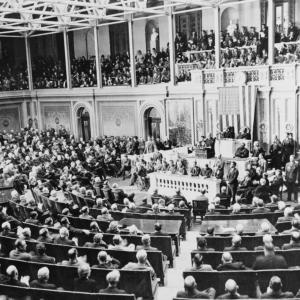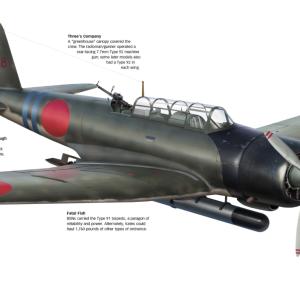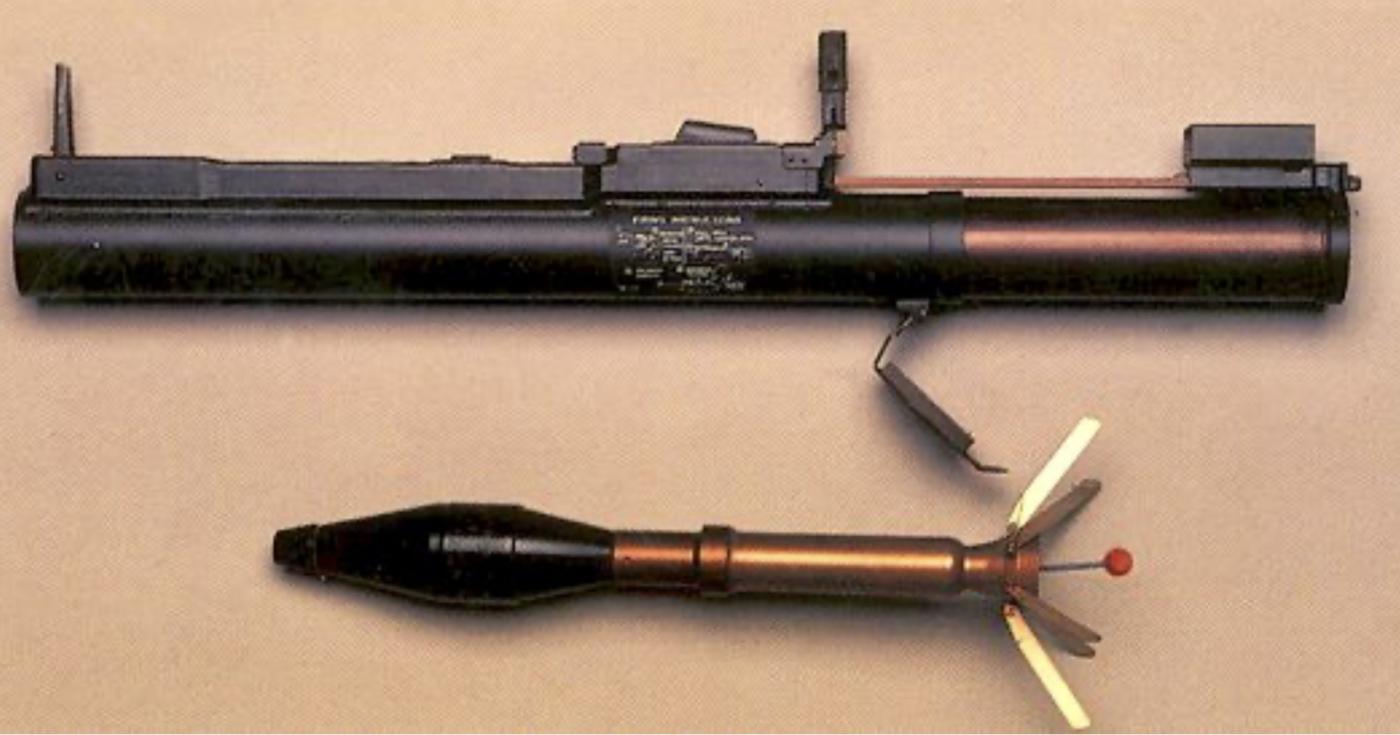
Law 66 anti tank weapon
The LAW 66, formally known as the M72 Light Anti-Tank Weapon, is a single-shot, disposable, shoulder-fired rocket launcher. It was originally developed in the United States in the early 1960s as a lightweight, portable weapon capable of giving infantry soldiers an effective way to defeat enemy armored vehicles and fortified positions.
The concept was driven by the need to replace the heavier, more complex recoilless rifles and bazookas used during World War II and the Korean War. The design utilized a 66mm caliber rocket equipped with a high-explosive anti-tank (HEAT) warhead, housed in a telescoping launch tube. This self-contained, disposable launcher made it highly convenient and suitable for rapid deployment in combat.
While the weapon was a U.S. initiative, the British Army later adopted the system and designated it the L1A1 LAW 66. Although the design was American, the British made some adaptations for their own military requirements and tactics.
Initial production of the LAW 66 began in the United States, undertaken by Hesse-Eastern from 1963 through the early 1980s. As the weapon gained popularity, production expanded and was continued by other manufacturers, including Nammo Raufoss in Norway. The production facilities were later established in both Europe and North America to meet growing demand from NATO and allied forces.
In the United Kingdom, the L1A1 LAW 66 was adopted in the early 1970s. Although the UK did not produce the launchers domestically in large numbers, they acquired them under military agreements for widespread distribution across infantry units. Over time, variants and upgraded versions with improved warheads and sights were introduced.
The British Army integrated the LAW 66 into infantry units primarily to provide a lightweight anti-armor solution for foot soldiers. It served as a standard-issue weapon for use against light armor, bunkers, and other field fortifications. The weapon's simplicity and ease of training made it ideal for general deployment across frontline units.
The LAW 66 played an important role during the Cold War, where it was intended to counter potential Soviet armored advances in Europe. It was also used in limited conflicts and peacekeeping operations throughout the 1970s and 1980s.
British Special Forces, including the SAS and Royal Marines, used the LAW 66 extensively due to its portability and effectiveness in rapid, close-range engagements. It was employed during the Falklands War in 1982, where it was used to engage enemy bunkers and light vehicles during close-quarters combat in rugged terrain.
Although widely used by the British, the LAW 66 is originally an American weapon and has seen global distribution. Armed forces in the United States, Canada, Norway, and various NATO member countries used it extensively. It became one of the most recognized infantry anti-tank weapons of its era, especially during the Cold War.
Caliber: 66 mm
Weight: Approximately 2.5 kg
Length (extended): Approximately 0.89 meters
Effective range: Around 200–300 meters
Warhead type: High-explosive anti-tank (HEAT)
Armor penetration: Up to 300 mm of rolled homogeneous armor
The weapon includes a simple sighting mechanism and is fired from the shoulder. It uses a piezoelectric fuse that activates the warhead upon impact with the target.
The LAW 66 remained in service with the British Army for several decades, gradually being phased out by newer systems such as the NLAW (Next-generation Light Anti-tank Weapon). The NLAW offered improved targeting systems and more effective armor penetration for modern battlefield needs.
Despite being succeeded by more advanced designs, the LAW 66 is still respected for its reliability, simplicity, and role in shaping portable anti-tank warfare. Its influence is evident in the design of subsequent light rocket systems.

